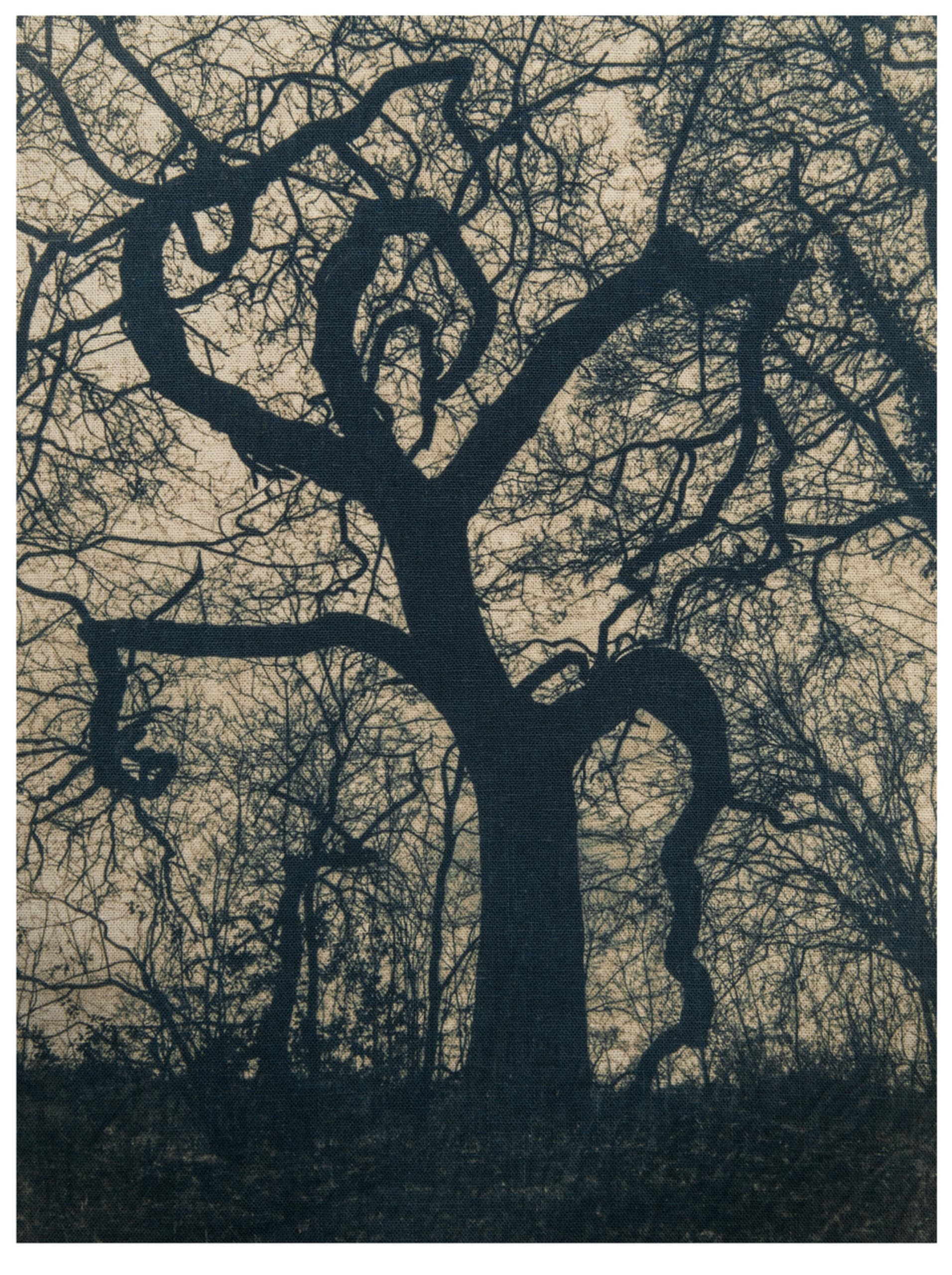Elissa Jane Diver was born in London, spent her childhood in Finland, and now lives in Brighton on the south coast of England. Elissa’s interest in photography lies in its singular relationship to the physical world, and the way in which the photograph holds a capricious mirror to reality. Her work searches for connections between the physical and metaphysical and is always anticipating an encounter with the unexpected.
Education:
MA Photography Royal College of Art 2022
BA (Hons) Photography (First Class) University of Brighton 2012
BA (Hons) French and English Literature University of Southampton 1988
Upcoming Exhibition:
15th-19th August - After The Waiting Room - Copeland Gallery, London













